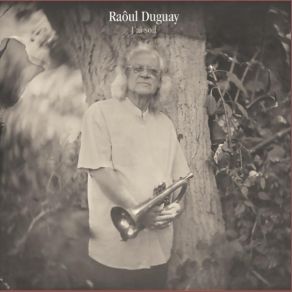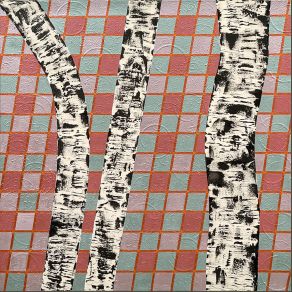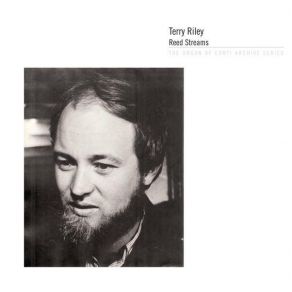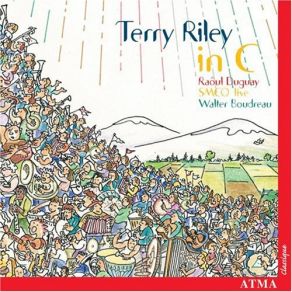Raôul Duguay / Raoul Duguay
Wikimp3 information about the music of Raôul Duguay / Raoul Duguay. On our website we have 6 albums and 1 collections of artist Raôul Duguay / Raoul Duguay. You can find useful information and download songs of this artist.
Biography
[Edit]Poet, phonetician, and singer/songwriter Raôul Duguay was among the first countercultural artists active in Montreal. He first got noticed as a postmodern poet and turned to music as part of the freak collective L'Infonie where he developed a highly personal form of sound poetry. But his impact was stronger as a pop singer in the mid-'70s, a period during which he built a strong cult following in Quebec and France. He is best known for the 1975 song "La Bittt à Tibi," which quickly became a staple of Quebec nationalism.
Born Raoul Duguay (without the circumflex accent on the "o") on February 13, 1939, the seventh child of a family of 11, he grew up in Northwestern Quebec, a poor region called Abitibi. A gifted child, he entered the seminary where he came in contact with poetry and the arts. At age 15 he began to play trumpet and listen to jazz.
In the early '60s Duguay moved to Montreal to study philosophy and linguistics at the Université de Montréal. There he met other poets like Gaston Miron and Paul Chamberland, and contributed to the seminal countercultural/nationalist magazine Parti-Pris. He published his first book of poetry, Ruts, in 1966. The next year he met Walter Boudreau, an avant-gardist jazzman, and with him put together L'Infonie, a unique experimental collective that put on happenings until the early '70s. Duguay's role on the group's records was limited to a few vocal appearances, but on-stage he was master of ceremonies, declaiming his sound poetry in all the craziest costumes. It is during these years that he adopted the pseudonym Raôul Luôar Yaugud Duguay (his first and last name spelled forward and reverse).
By 1972, Boudreau had turned L'Infonie into a disciplined contemporary music ensemble and Duguay left to pursue a solo career. He brought with him the symbols he had developed with the collective: a complex mystic based on the number three and the circumflex accent on the "o" representing a form of transcendence. Burning bridges with the avant-garde in a desire to take his growing new age message to the common man, he reinvented himself as a pop singer and recorded a trilogy of art rock albums: Alllô Tôulmônd (1975), L'Envol (1976), and M (1977) — excerpts from these and the live Vivant Avec Tôulmônd were reissued as the two-CD set Monter en Amour (1993). He also made guest appearances on albums by Maneige, Pollen, and les Séguin around that time.
Duguay continued to record sparsely in the 1980s (mostly new age love ballads) but his star had faded and, occasional nostalgia-related public appearances and motivational seminars aside, he kept a low profile. He collaborated with Boudreau for the award-winning composition "Golgot(h)a" and resumed writing poetry. In the late '90s, he orchestrated the reissue of his texts, recorded a new album, Caser (1999), his first in ten years, and published a collection of documents on L'Infonie (L'Infonie: Le Bouttt de Touttt). ~ François Couture, Rovi
Collections
Title: Salut Quebec (1963 - 1978)
Genre: Pop









